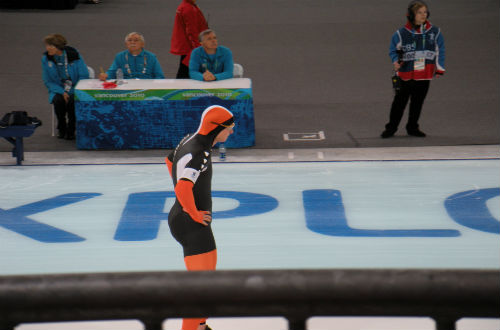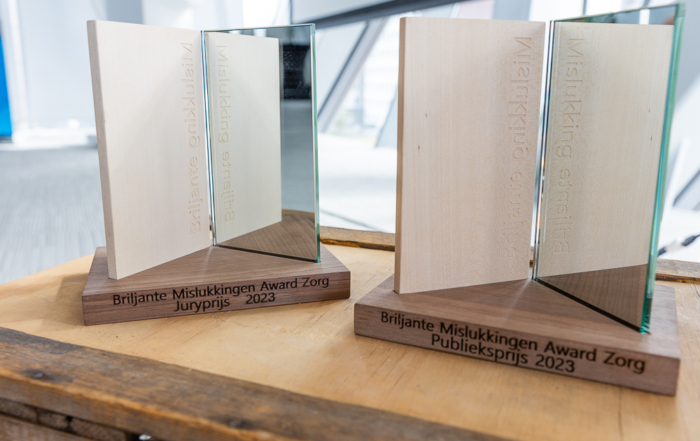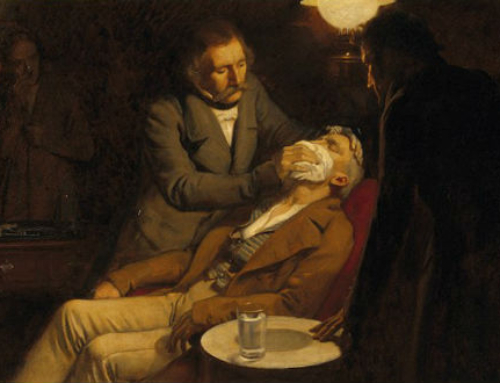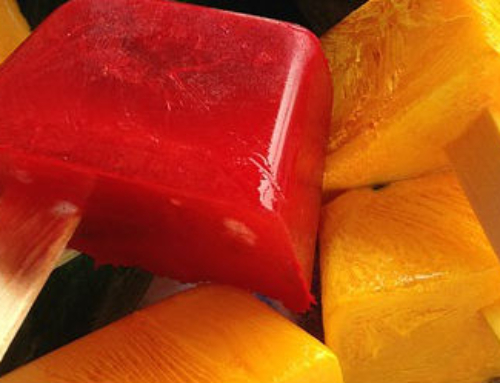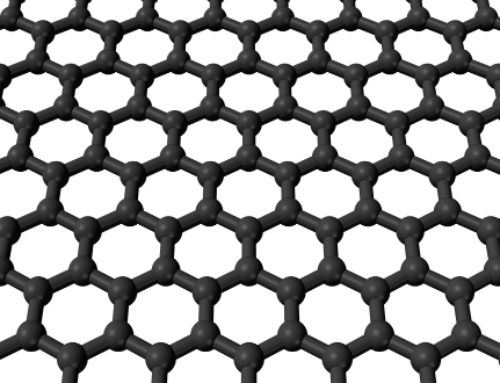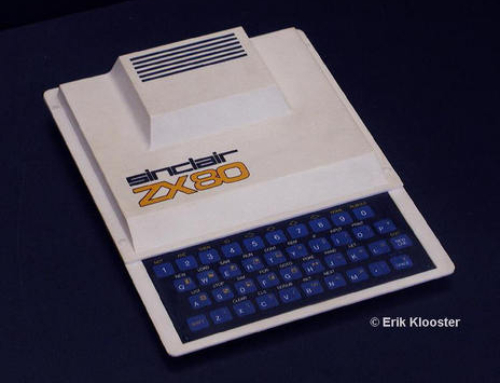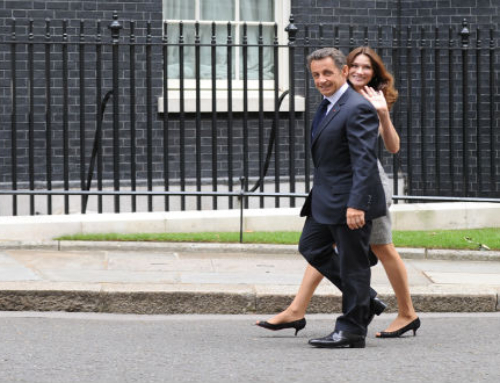Te haapiiraa no te ohipa:
The intention was to build a properly functioning rocket as quickly as possible which could compete with The Soviet Union’s Sputnik. They wanted to put a lot of money into the project in a short amount of time so that a good, competitive rocket could be built as quickly as possible.
Te hopearaa:
22 unsuccessful training flights. The rocket just did not want to function properly.
Te haapiiraa:
They did not reflect on it fundamentally. There seemed to be a different defect 22 times. The same error did not appear more than once. Only when they performed an in-depth investigation of the entire set up of the program did they achieve a successful flight. Making repairs alone was therefore not sufficient.
Te tahi atu â:
The program leader was very clear when he said; “Failure analysis is basically research, when you get down to it. You recover and learn from mistakes; you don’t do that with success.”
Nene'ihia e:
S. J. Hogenbirk
Te tahi atu MAU MANUÏA ORE MARAMARAMA
Winner Jury award OS 2010 – Vredeseilanden – Te tarahu no te mau taatiraa i Congo
Te haapiiraa no te ohipa: To provide loan capital to cooperatives for purchasing and gathering crops. 1. Vredeseilanden distributed loan capital to be used at the cooperatives’ disposal. Initial loans, Te mau mana'o tauturu no te, were not paid back. [...]
Te ha'utiraa tu'atiraa 10.000 ïa metera no Te tai'o i Vancouver (2010)
Te opuaraa ia rê i te auro i te ha'utiraa Olympics 10.000 ava i Vancouver. Ua haa amui teie reni arata'i ia Kemkers e o Tesameti i ni'a i te hoê faaineineraa papû tei niuhia i ni'a i te 6 mau matahiti no te rave-rahi-raa i te ohipa, e ua rahi roa ho'i te mau matahiti [...]
Briljante Mislukking Award Zorg – 20 Novema 2024
Mahana toru 20 november worden voor de tiende keer de Briljante Mislukking Awards Zorg georganiseerd door het Instituut voor Briljante Mislukkingen



